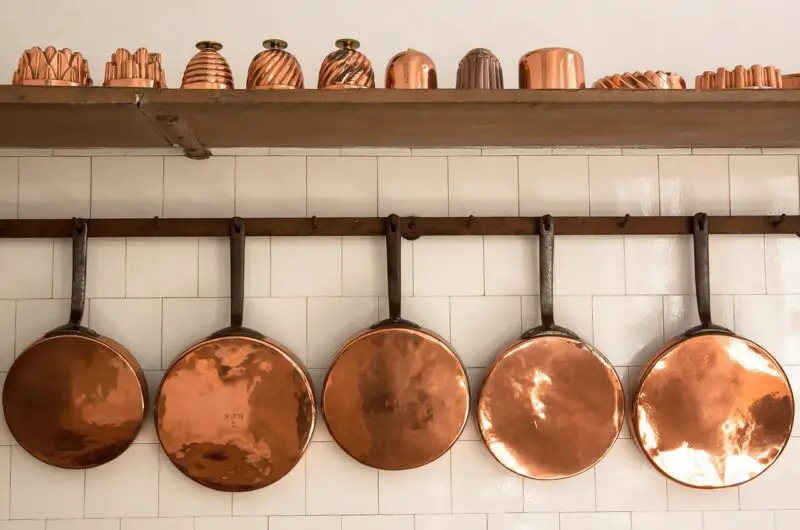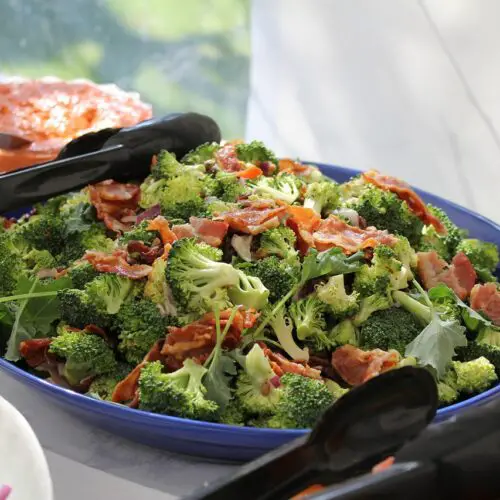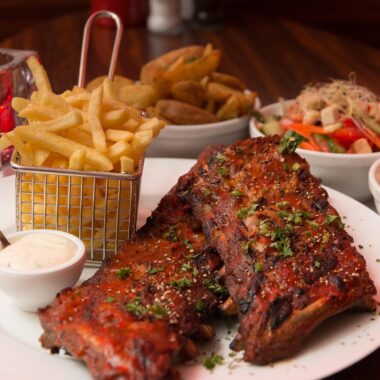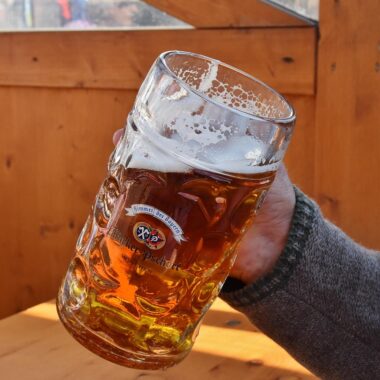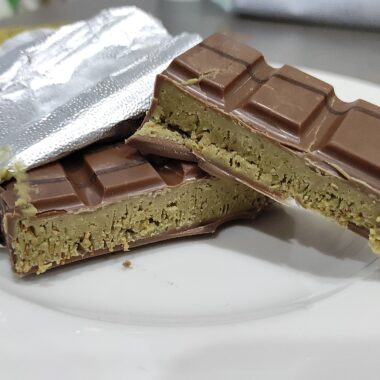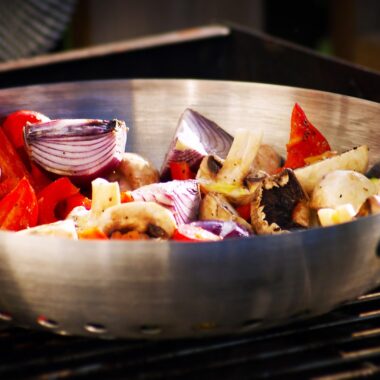Copper pans are prized in kitchens worldwide for their excellent heat conductivity, aesthetic appeal, and durability.
However, their shiny surfaces can become tarnished or burnt due to high heat, prolonged cooking, or improper care.
A burnt copper pan may seem daunting to clean, but with the right techniques and materials, you can restore it to its former glory. This 2,000-word guide will walk you through the step-by-step process of cleaning a burnt copper pan, explore why copper burns, and provide tips to prevent future damage. Whether you’re a home cook or a professional chef, these methods will help you maintain your copper cookware effectively.
Why Do Copper Pans Burn?
Before diving into cleaning methods, it’s important to understand why copper pans burn. Copper is a highly conductive metal, meaning it heats up quickly and evenly. However, when exposed to high temperatures for extended periods or when food is left to overcook, the surface can develop burn marks, discoloration, or stubborn stains. These issues are often exacerbated if the pan’s interior lining (typically stainless steel or tin) becomes damaged, allowing food to stick and burn.
Burn marks on copper pans can result from:
- Overheating: Cooking at excessively high temperatures can cause scorching.
- Food Residue: Leaving food in the pan for too long, especially sugary or starchy foods, can lead to caramelization or charring.
- Improper Cleaning: Harsh scrubbing or abrasive materials can damage the pan’s surface, making it more prone to burning.
- Oxidation: Copper naturally oxidizes when exposed to air, heat, or moisture, leading to tarnish or discoloration.
Understanding these causes helps in both cleaning and preventing future burns. Now, let’s explore the tools and methods to clean a burnt copper pan.
Tools and Materials Needed
To clean a burnt copper pan effectively, gather the following items:
- White vinegar: A natural acid that breaks down burnt food and tarnish.
- Baking soda: A mild abrasive that helps scrub away stains without scratching.
- Lemon: An acidic fruit that works similarly to vinegar for cutting through grime.
- Salt: Acts as a gentle abrasive when combined with lemon or vinegar.
- Ketchup: Its acetic acid content makes it surprisingly effective for cleaning copper.
- Soft sponge or cloth: To avoid scratching the pan’s surface.
- Microfiber cloth: For polishing and drying.
- Dish soap: For general cleaning and degreasing.
- Warm water: To loosen debris and aid cleaning.
- Commercial copper cleaner (optional): For stubborn tarnish or professional-grade results.
- Gloves (optional): To protect your hands from cleaning agents.
Always ensure your tools are non-abrasive to preserve the pan’s finish, especially if it has a polished exterior or a delicate interior lining.
Step-by-Step Guide to Cleaning a Burnt Copper Pan
Below are multiple methods to clean a burnt copper pan, starting with the most accessible household solutions. Each method is designed to tackle different levels of burning and tarnish, so you can choose the one that best suits your pan’s condition.
Method 1: Vinegar and Baking Soda
This is one of the most effective and natural ways to clean a burnt copper pan, as the combination of vinegar’s acidity and baking soda’s abrasiveness tackles both burnt food and tarnish.
Steps:
- Assess the Damage: Examine the pan to determine whether the burn marks are on the copper exterior, the interior lining, or both. This method works best for exterior copper surfaces and mild interior burns.
- Rinse the Pan: Rinse the pan under warm water to remove loose debris and food particles. Use a soft sponge and a small amount of dish soap to clean off any grease.
- Create a Cleaning Paste:
- Mix 1/4 cup of white vinegar with 2 tablespoons of baking soda in a small bowl. The mixture will fizz as the acid and base react.
- Stir until it forms a thick paste.
- Apply the Paste:
- Using a soft cloth or sponge, apply the paste to the burnt areas of the pan.
- Focus on the copper exterior if tarnished, or the interior if the burn marks are on the lining.
- Let It Sit: Allow the paste to sit on the burnt areas for 10–15 minutes to break down the stains.
- Scrub Gently:
- Use a soft sponge or cloth to gently scrub the burnt areas in a circular motion.
- Avoid steel wool or abrasive scrubbers, as they can scratch the copper or its lining.
- Rinse Thoroughly: Rinse the pan under warm water to remove the paste and loosened debris.
- Polish: Dry the pan with a microfiber cloth to restore its shine. If tarnish remains, repeat the process or try a commercial copper cleaner.
- Inspect the Lining: If the interior is tin or stainless steel, check for damage. If the lining is compromised, consider professional re-tinning for tin-lined pans.
Tips:
- For stubborn burns, soak the pan in a solution of 1 cup vinegar and 3 cups water for 30 minutes before applying the paste.
- This method is safe for both the copper exterior and stainless steel interiors but may not be suitable for heavily damaged tin linings.
Method 2: Lemon and Salt
The natural acidity of lemon combined with the abrasiveness of salt makes this method ideal for polishing copper and removing light burn marks.
Steps:
- Prepare the Pan: Rinse the pan with warm water and dish soap to remove surface grease and debris.
- Cut a Lemon: Slice a lemon in half and sprinkle a generous amount of table salt on the cut side.
- Scrub the Burnt Areas:
- Rub the salted lemon half directly onto the burnt or tarnished areas of the copper exterior.
- For the interior, use caution if the lining is tin, as this method may be too abrasive for delicate surfaces.
- Let It Sit: Allow the lemon and salt mixture to sit on the pan for 5–10 minutes to loosen burnt residue.
- Rinse and Dry: Rinse the pan thoroughly with warm water and dry it with a microfiber cloth to prevent water spots.
- Polish: For extra shine, buff the copper exterior with a dry microfiber cloth.
Tips:
- This method is best for light burns and tarnish. For heavier burns, try the vinegar and baking soda method first.
- If you don’t have a lemon, substitute with a small amount of lemon juice mixed with salt to form a paste.
Method 3: Ketchup for Tarnish and Light Burns
Surprisingly, ketchup’s acetic acid content makes it an effective cleaner for copper tarnish and light burn marks.
Steps:
- Clean the Pan: Rinse the pan with warm water and dish soap to remove loose debris.
- Apply Ketchup:
- Spread a thin layer of ketchup over the burnt or tarnished areas using a soft cloth or sponge.
- Ensure even coverage, especially on the copper exterior.
- Let It Sit: Allow the ketchup to sit for 15–20 minutes to break down the stains.
- Scrub Gently: Use a soft sponge to scrub the treated areas, focusing on burn marks.
- Rinse and Dry: Rinse thoroughly with warm water and dry with a microfiber cloth.
- Polish: Buff the copper surface to restore its shine.
Tips:
- Ketchup is particularly effective for tarnish but may not work as well for heavy burn marks.
- Avoid using this method on tin-lined interiors, as the acidity may damage the lining.
Method 4: Boiling Vinegar Solution for Stubborn Burns
For severe burn marks, especially on the interior of the pan, boiling a vinegar solution can help loosen stuck-on residue.
Steps:
- Prepare the Solution: In the burnt pan, combine 1 cup of white vinegar with 2 cups of water.
- Boil the Mixture:
- Place the pan on the stove and bring the solution to a gentle boil.
- Let it simmer for 5–10 minutes to loosen burnt food.
- Cool and Scrub:
- Allow the pan to cool completely before scrubbing with a soft sponge.
- Focus on the interior where the burn marks are most prominent.
- Rinse and Dry: Rinse thoroughly with warm water and dry with a microfiber cloth.
- Polish the Exterior: If the copper exterior is tarnished, use one of the above methods to restore its shine.
Tips:
- This method is ideal for stainless steel-lined copper pans but should be used cautiously with tin-lined pans, as prolonged exposure to acid can damage tin.
- For extra cleaning power, add 1 tablespoon of salt to the boiling solution.
Method 5: Commercial Copper Cleaners
For professional-grade results or particularly stubborn burns, a commercial copper cleaner can be effective.
Steps:
- Choose a Cleaner: Select a reputable copper cleaner, such as Wright’s Copper Cream or Bar Keepers Friend.
- Follow Instructions:
- Apply the cleaner to the burnt or tarnished areas as per the product’s instructions.
- Use a soft cloth or sponge to spread the cleaner evenly.
- Scrub and Rinse:
- Gently scrub the affected areas, then rinse thoroughly with warm water.
- Dry with a microfiber cloth to prevent water spots.
- Polish: Buff the copper exterior for a mirror-like finish.
Tips:
- Always test a small area first to ensure the cleaner is safe for your pan, especially if it has a tin lining.
- Commercial cleaners are best for the copper exterior and may not be suitable for interior linings.
Preventing Future Burns
Once your copper pan is clean, take steps to prevent future burns and maintain its condition:
- Use Appropriate Heat: Copper conducts heat efficiently, so use medium to low heat for most cooking tasks.
- Avoid Overheating: Never preheat an empty copper pan, as this can cause burning or damage to the lining.
- Clean Promptly: Rinse and clean the pan immediately after use to prevent food from sticking and burning.
- Use Proper Utensils: Avoid metal utensils that can scratch the interior lining. Opt for wood, silicone, or plastic.
- Polish Regularly: Polish the copper exterior monthly with a vinegar or lemon solution to prevent tarnish buildup.
- Store Properly: Store copper pans in a dry place to avoid moisture-induced tarnish. Use pan protectors to prevent scratches.
When to Seek Professional Help
If your copper pan has a tin lining that’s heavily damaged or flaking, or if the burn marks persist despite multiple cleaning attempts, consider professional restoration. For tin-lined pans, re-tinning by a professional can restore the interior to like-new condition. Contact a reputable cookware restoration service for assistance.
Conclusion
Cleaning a burnt copper pan may seem challenging, but with the right tools and techniques, you can restore its beauty and functionality. Whether you use household staples like vinegar, baking soda, lemon, and salt, or opt for a commercial copper cleaner, the key is to act gently to preserve the pan’s surface and lining. By following the methods outlined in this guide and adopting proper care practices, you can keep your copper pan in pristine condition for years to come. Regular maintenance and mindful cooking habits will ensure your copper cookware remains a standout in your kitchen, both in performance and appearance.
